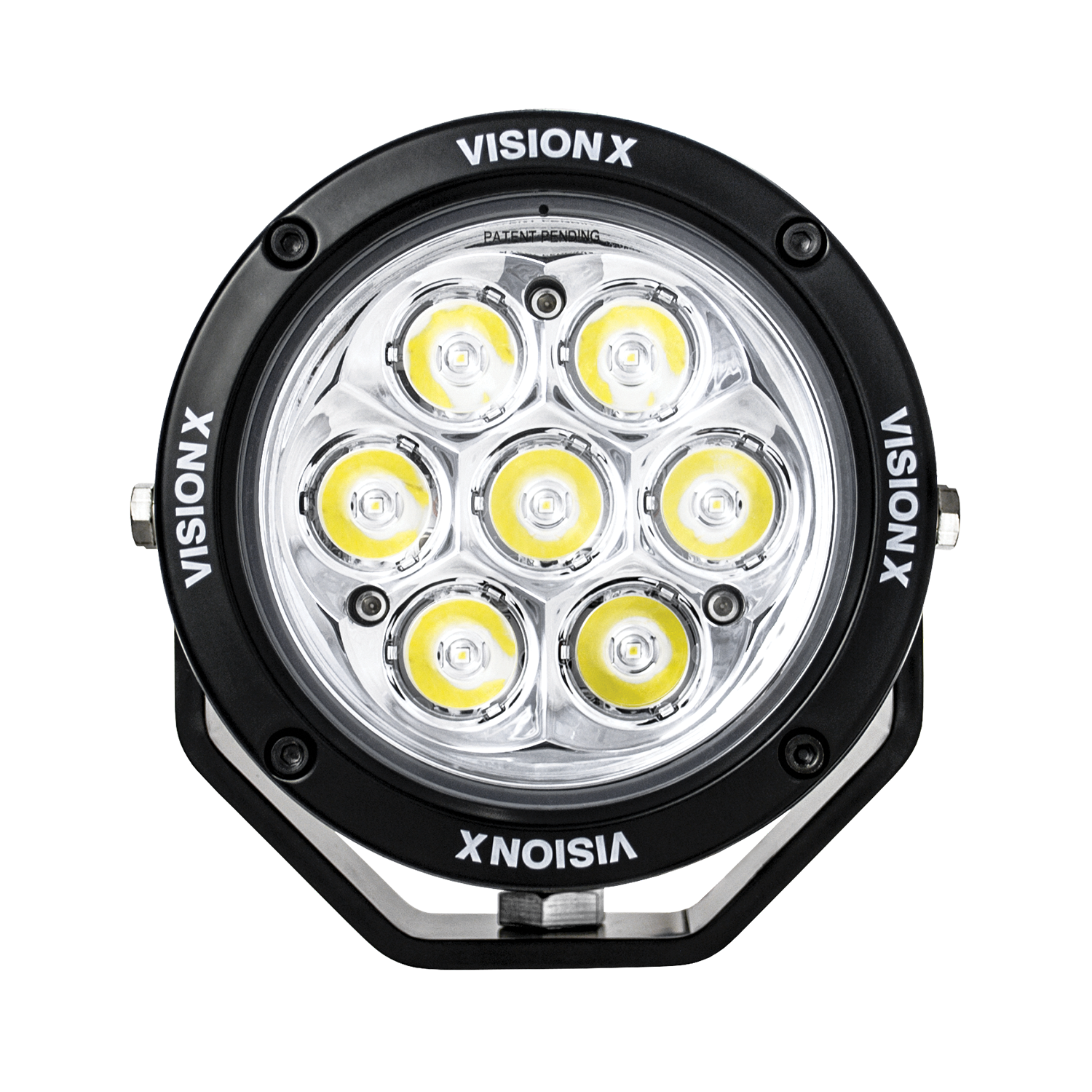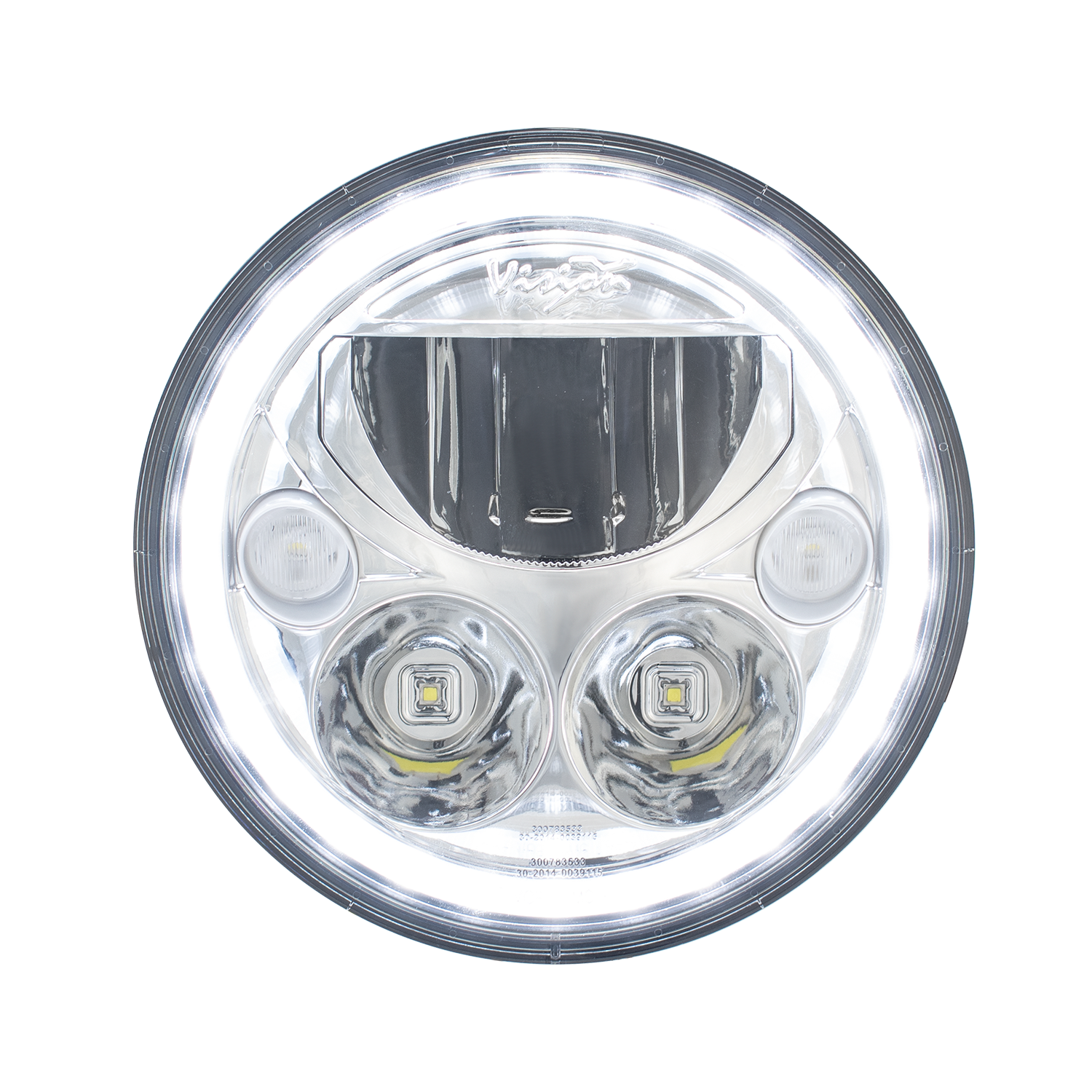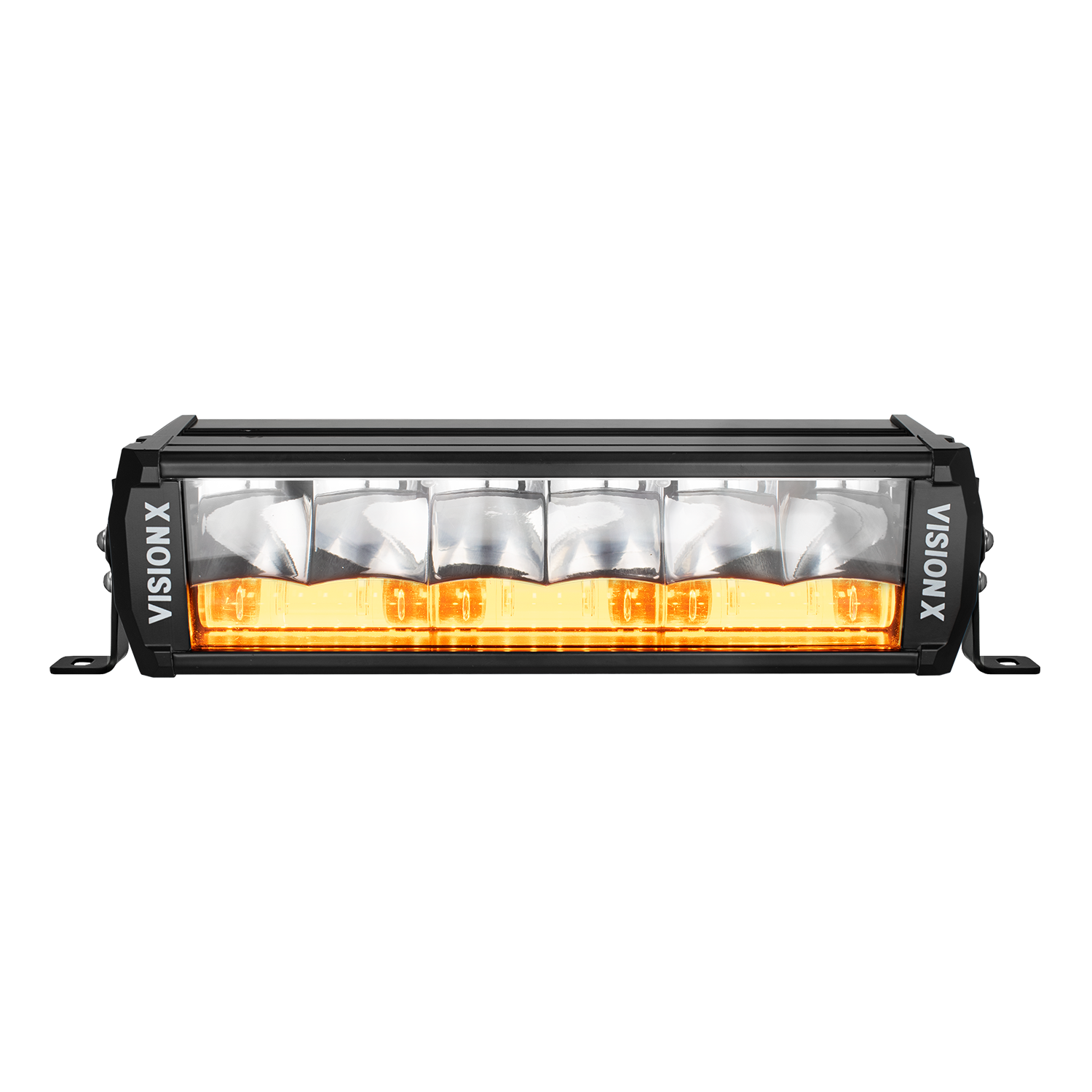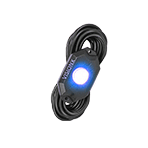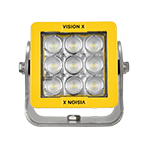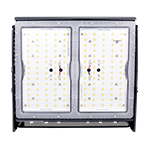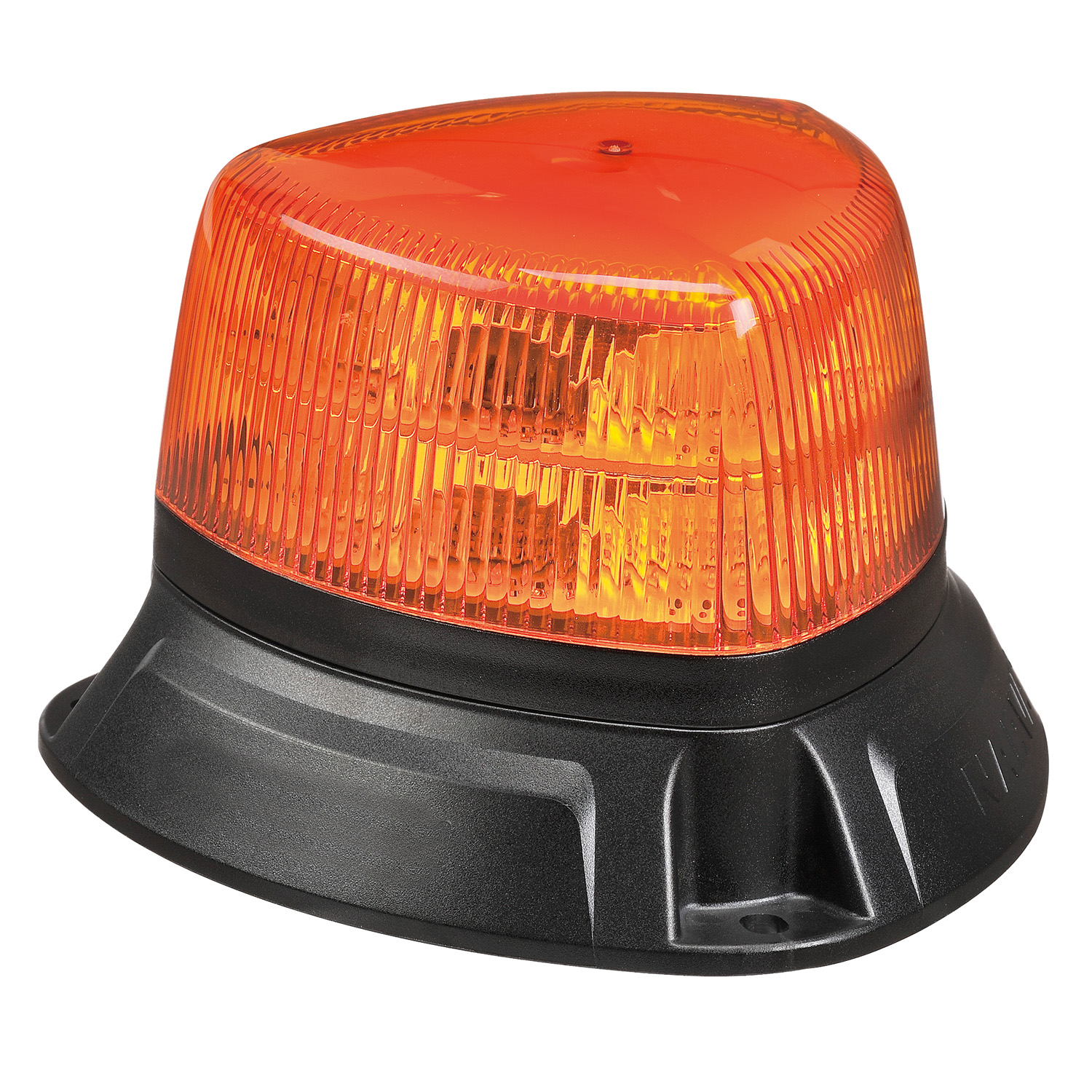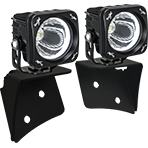
How the First Light Bar Came to Be
In 2007, NASA announced its “Back to the Moon” mission and was accepting bids to develop the lighting for two of its lunar rovers currently in development. Vision X knew they had to go big to win against 26 other companies bidding on this contract and started working on Project X. Project X was being built with an old technology that had made recent advancements. LEDs (light emitting diodes) had been around for years, used in almost every home electronic since the 1970’s. New 1 watt and 3 watt diodes were emerging into the market but these were unlike the conventional LEDs in our DVD players at home. They brought massive light output never before seen from an LED and also their arch nemesis…HEAT.
Harnessing this massive output had to be done while at the sime time making sure the LEDs ran cool enough to actually live up to their stated 50,000 hour lifespan. Vision X came up with a visionary design to extrude the actual body of the light as an aluminum heat sink to draw the heat directly out of the LED into the housing comprised of fins. This also gave them the ability to make various lengths of bars from a single tool. After submitting the first two samples to NASA in late 2007, Vision X received a call two days after NASA’s engineers received the lights stating, “they just about fell out of their seats backwards.” This launched the world wide LED aftermarket lighting revolution. Vision X won the NASA contract over 26 other companies and started the rigorous testing process in one of two TORR chambers in North America. The TORR chamber is a machine that simulates the conditions of outer space. After three TORR chamber sessions Project X became space ready and was branded the Xmitter LED Light Bar.

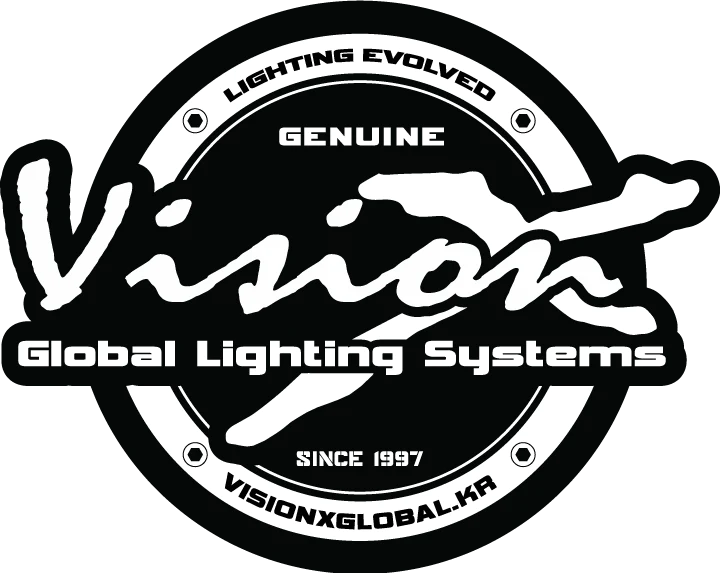 Automotive Offroad Lighting
Automotive Offroad Lighting




